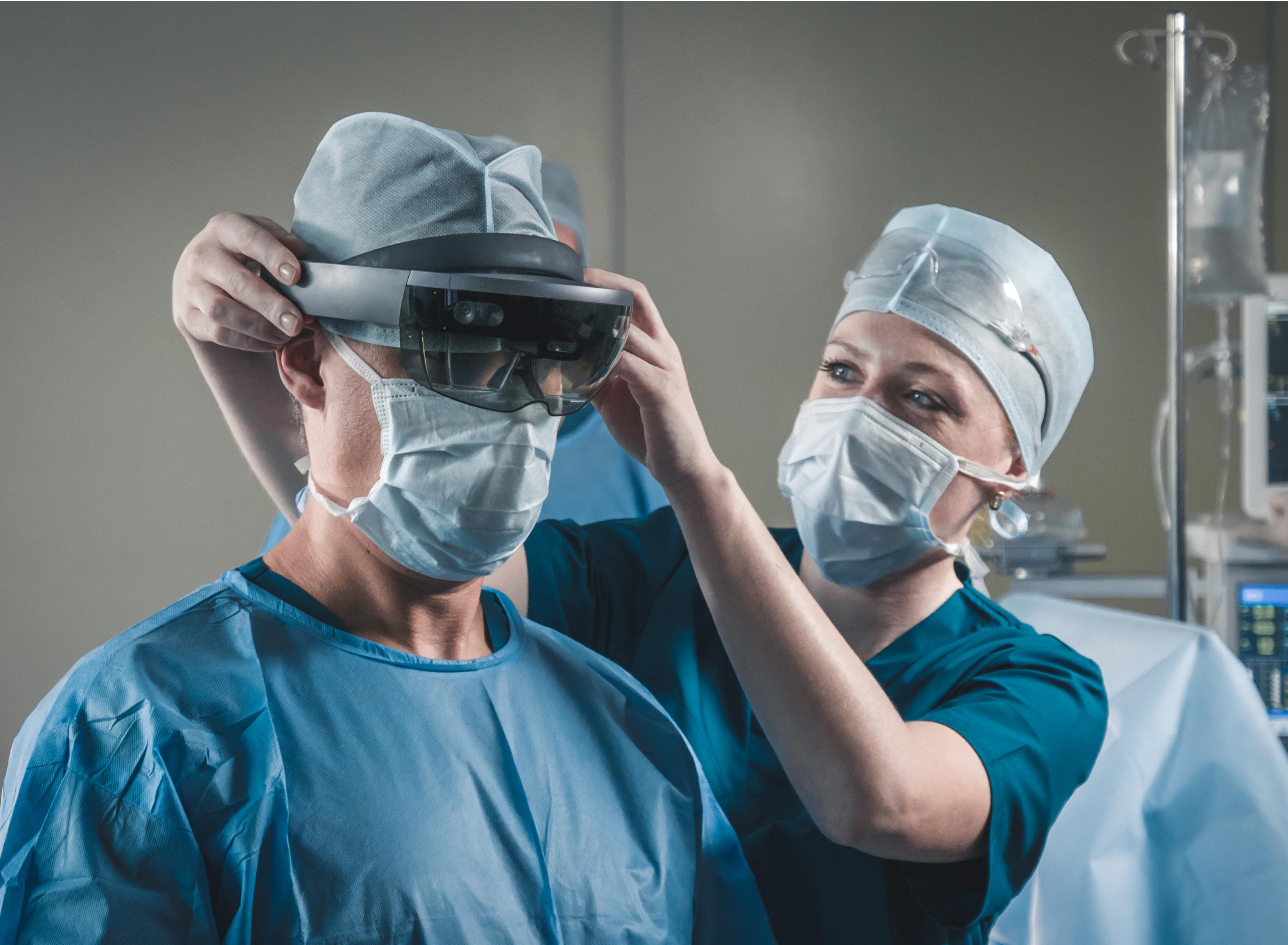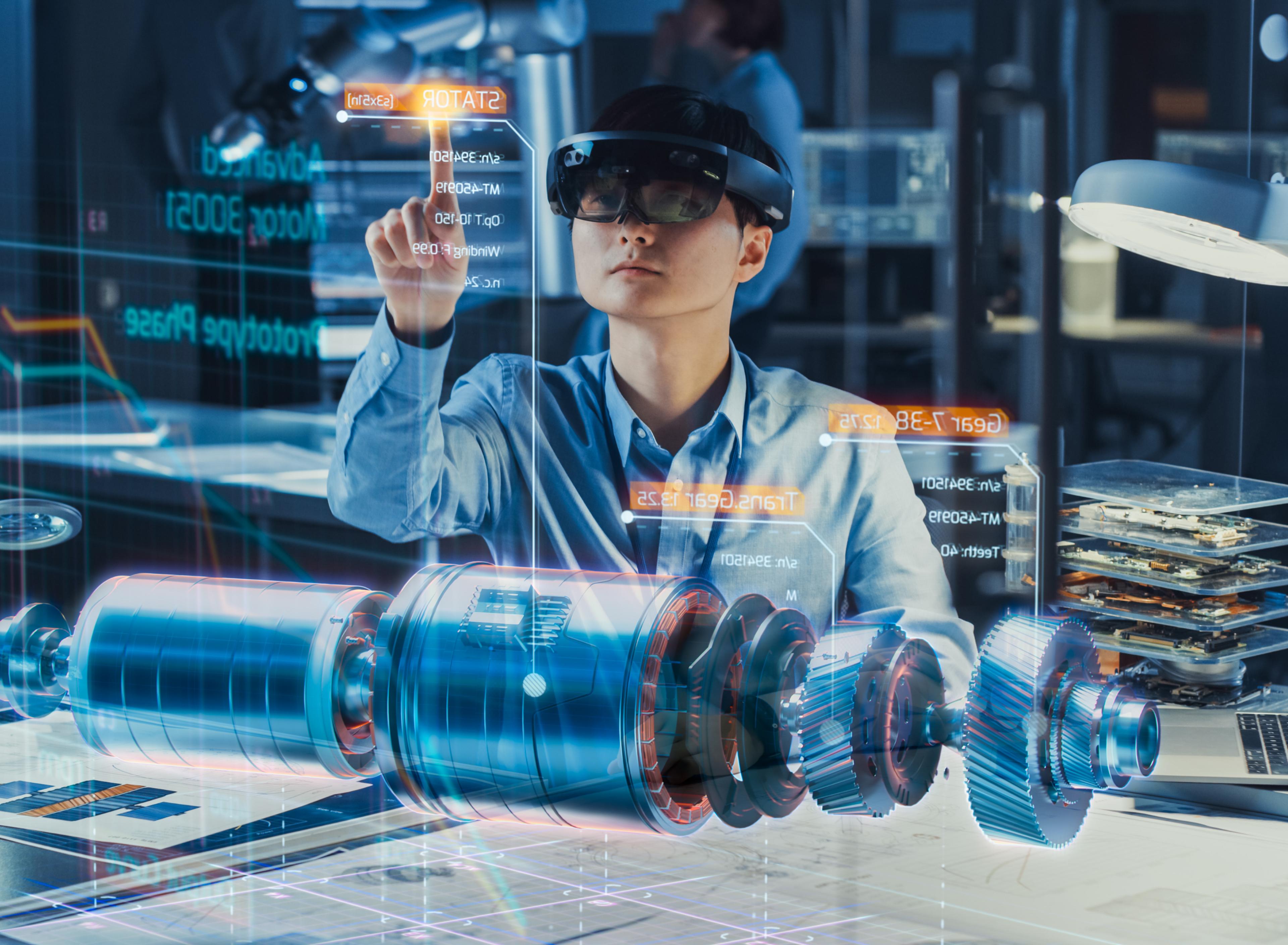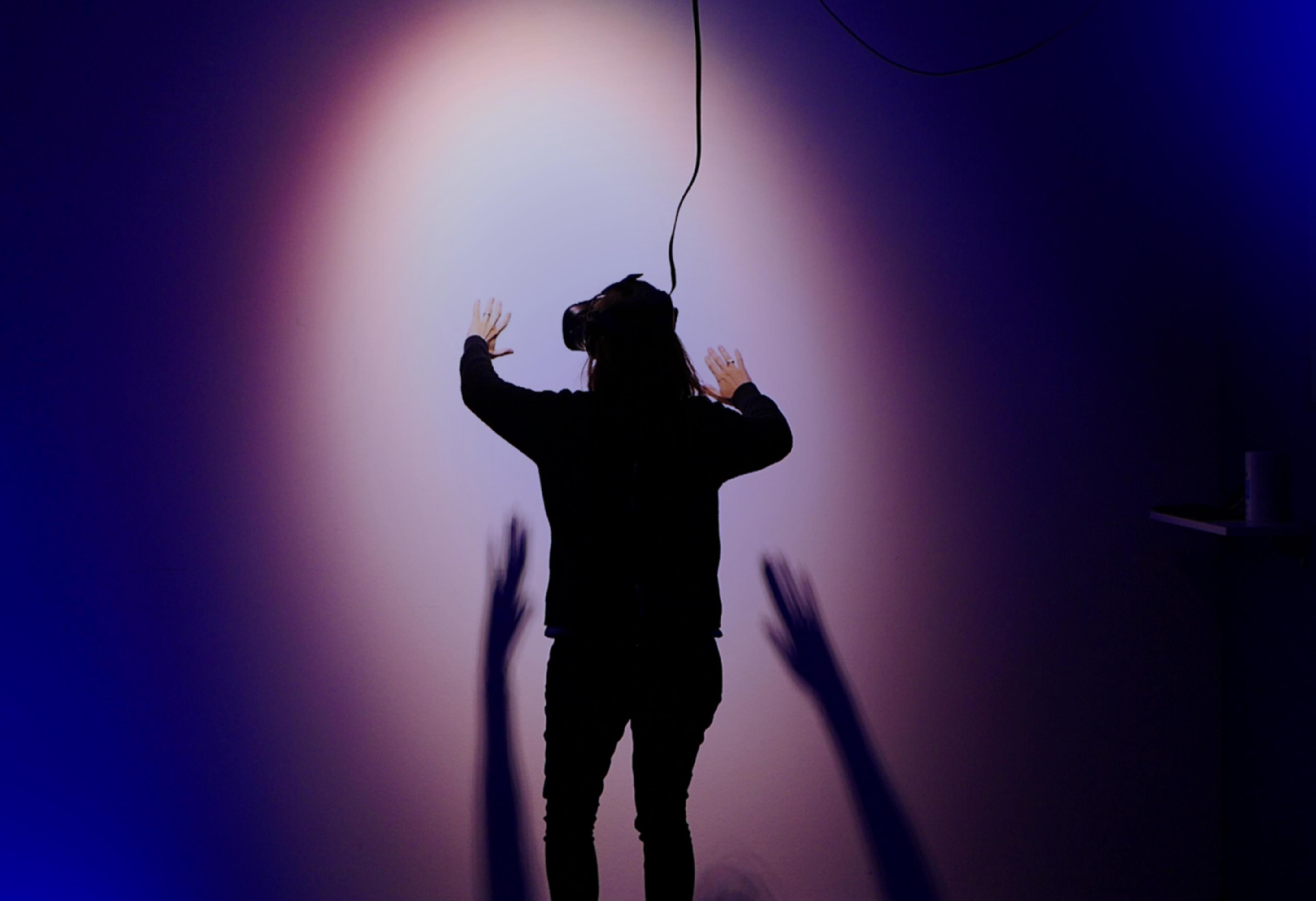
Understanding mixed reality: Concept, applications, and benefits

Even though augmented reality (AR) and virtual reality (VR) were meant to come in like a wrecking ball to destroy the long-standing business practices — and ultimately managed to become a $150 billion market — they haven't yet been adopted widely. However, the two realities collided to form mixed reality (MR) — a new hope for enterprises and small companies alike.
Simply put, mixed reality is a merging of augmented reality and virtual reality that makes it possible to experience the best of both the physical and digital worlds.
No wonder an up-and-coming newbie is rapidly maturing. According to a Harvard Business Review survey, 87% of respondents are currently exploring, piloting, or deploying mixed reality to achieve their strategic goals in 2020.
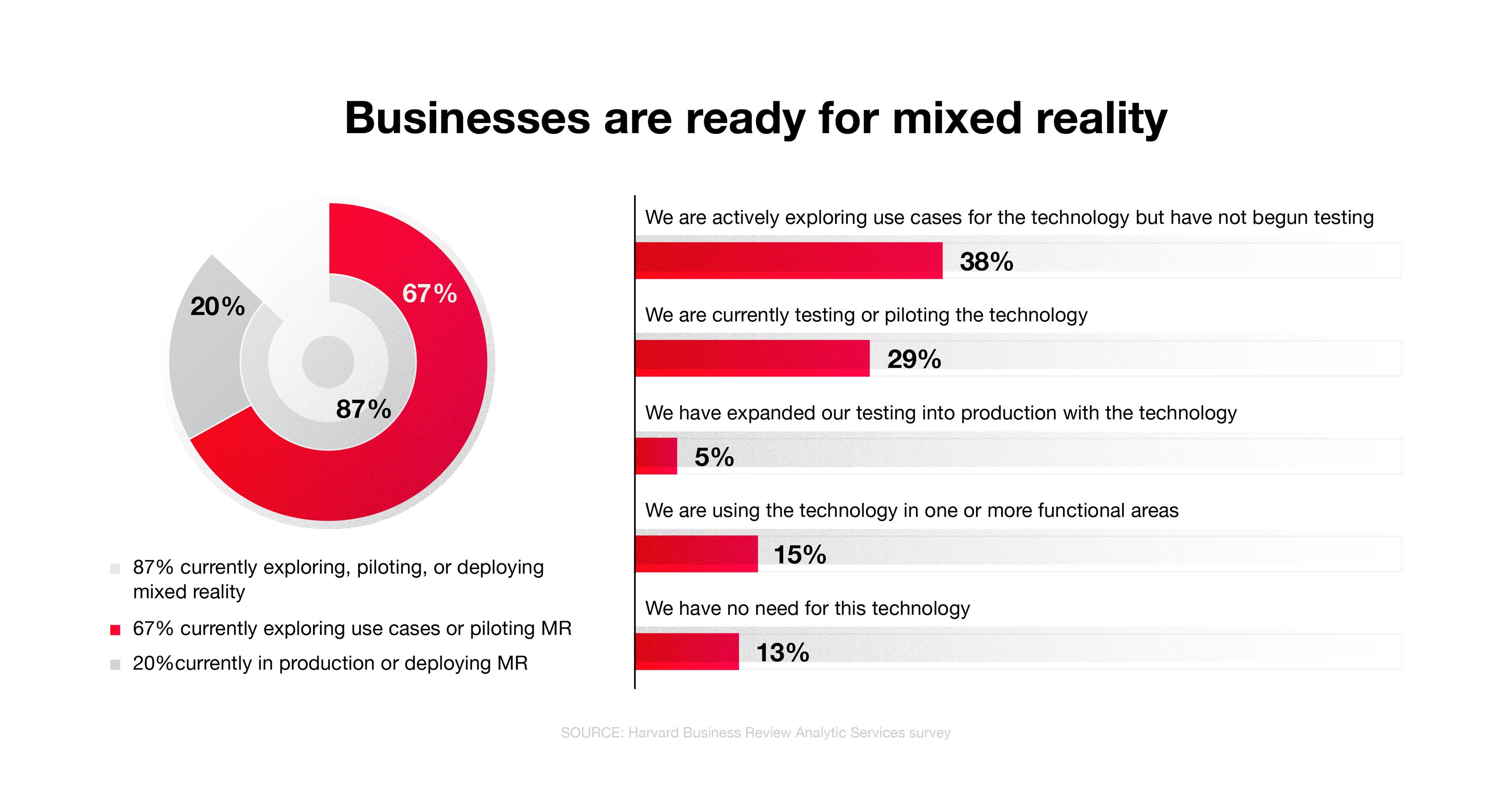
Those impressive numbers suggest that mixed reality could potentially help multiple industries (such as aerospace, manufacturing, healthcare and many more) rewire current operations, enable the workforce and better serve customers in the increasingly connected age. Similarly, we can assume that some types of MR apps are a perfect, uncrowded niche to start a business in.
To test this theory, we decided to review the unique value of mixed reality within the modern organization, explore the technologies and trends shaping its use as well as look at some specific use cases.
How does mixed reality work?
In more sophisticated terms, mixed reality is an integrated trio of immersion, information, and interaction. The immersion part refers to the real-time processing and interpretation of the user's environment. Information stands for all co-existing physical and digital objects being registered in time and space in the user environment. User interaction is achieved through gaze, gestures, and voice commands.
If you feel like you've seen it all before, it's really so. Mixed reality is based on the advancements of the predecessor technologies underpinning virtual reality and augmented reality. Yet, there are several differences shown in the table below.
AR vs. VR vs. MR
|
Feature |
Augmented reality | Virtual reality | Mixed reality |
|
Devices |
Headsets optional | Mostly using special headsets or smart glasses | Headsets optional |
|
Environment |
Virtual objects are overlaid on and real-life settings | Fully artificial | Both virtual and real-life objects are seamlessly blended |
|
Presence |
Feeling of still being in the real world but with new elements and objects superimposed | Feeling of being transported somewhere else with no sense of the real world | Feeling of still being in the real world but with new elements and objects superimposed |
|
Interaction
|
Users interact with the real and virtual world in real-time | Users don’t interact with the real and virtual world in real-time | Users interact with the real and virtual world in real-time |
| See-through capability | Yes | No | Yes |
|
Awareness |
Virtual objects can be identified based on their nature and behavior | Perfectly rendered virtual objects that cannot be distinguished from real objects | Perfectly rendered virtual objects that cannot be distinguished from real objects |
Sources: McMillan, K., Flood, K., Glaeser, R. Virtual reality, augmented reality, mixed reality, and the marine conservation movement. Aquat. Conserv. Mar. Freshw. Ecosyst. 2017; usblogs.pwc.com
Another important point here is that, despite virtual reality and augmented reality previously using certain software and hardware elements, technologies evolved only recently to the extent required for implementing mixed reality.
The two basic components are image recognition and simultaneous location and mapping (SLAM).
Image recognition is the ability of a computer system to identify objects, people, places, and actions in images and videos. Compared to the simplest AR systems that use QR codes as markers, mixed reality systems are able to understand the 3D geometry of the surroundings, detecting and classifying complex real-world objects fast, dynamically and with high accuracy.
SLAM is to mixed reality systems as water is to plants: essential. This is the set of approaches that address the problems of the posed estimation and 3D reconstruction while a system is moving through the environment. To properly function in unknown and arbitrary locations, the technology builds a map of the environment and then locates a user's movement within it. The SLAM algorithms collect the sensory data (e.g. tracking, haptic) needed for rendering the position and orientation of the virtual objects and the user.
The following scheme provides a high-level description of an MR system.
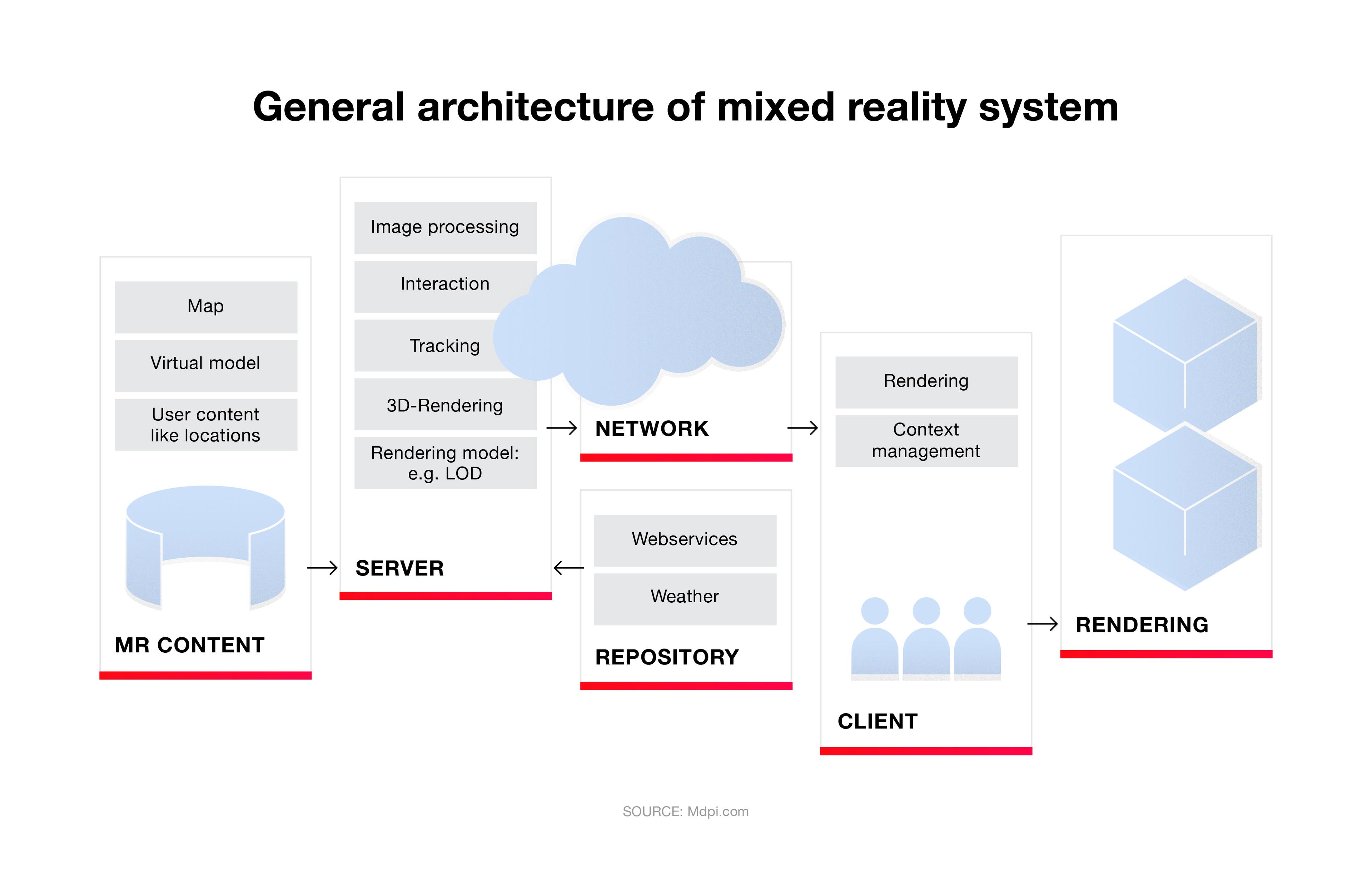
The mixed reality content includes the information critical for the functioning of the system – maps, virtual models, and user context (data collected from databases, sensors, and wearables). The server controls the mixed reality content, performs such processes as 3D rendering, user tracking, image processing, etc.; and sends results through the network to the client. The client responds to the user's interaction, visualizing results with the help of rendering and the context management mechanism.
Mixed reality for business: How companies leverage and benefit from MR
While the technology part for all mixed reality applications is roughly the same, companies try to distill mixed reality into pure business benefits in different and creative ways. The growth potential of mixed reality for business catapulted it to the upper echelon of cutting-edge technologies, giving rise to a variety of curious use cases. Here are only a few of them.
The automotive industry has been among the first to adopt mixed reality. In this regard, Mercedes-Benz, a German automobile manufacturer, deserves special attention since this auto giant uses mixed reality to inspect the car internal structure without stripping it down for a look along with to train staff on multiple manufacturing tasks. We could also mention Ford that embraces the mixed reality technology for creating new designs quickly and at a lower cost, and Renault Truck, a leading French manufacturer, improving the quality control within its engine assembly pipelines.
The manufacturing camp is represented by Toshiba with its MR-enhanced manual battery building process, and BAE Systems, a British defense, security, and aerospace company, that reduced the time for making electric propulsion devices by 50% due to mixed reality.
As for education, West Coast University in Los Angeles implemented a first-of-its-kind immersive anatomy learning experience, allowing students to enlarge, separate, dissect, and even walk inside any system and part of the human body. The outcomes speak for themselves: students had a 10% improvement in test scores in comparison with the previous year.
Based on the analysis of well-known success stories, we've highlighted a number of categories where mixed reality can be particularly advantageous.
Applications of MR technologies
Together with the above-mentioned benefits, you'll likely face the same challenges all early adopters face – lots of design and development cycles, security and accessibility issues, etc. Luckily, as the digital revolution is gaining momentum, we expect that the convergence of physical and digital experiences will soon become common in both the modern workplace and our daily lives.
As proof, the research company TechNavio predicts that compound annual mixed reality growth will increase by 90% by 2021.
"Should my business consider mixed reality," you may ask
And we'll say "definitely yes."
Forward-looking companies have already begun pioneering the use of mixed reality as a means of streamlining workflows and opening new possibilities for all the stakeholders – so why wait?
Though mixed reality is still young, "great expectations" of the technology community will definitely be met as mixed reality quickly grows with devices getting smaller, more diverse, and affordable, similar to the early stages of PCs and smartphones.
Therefore, if your company is seeking to bet on mixed reality, you have all the chances to hit the jackpot.



